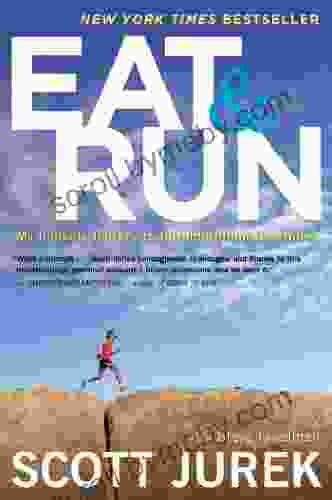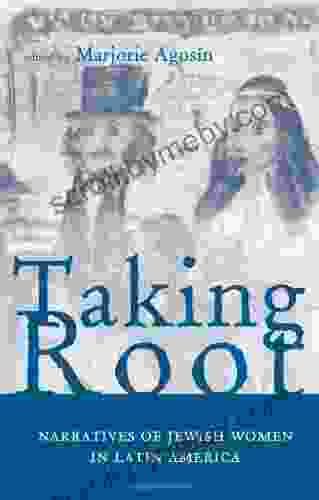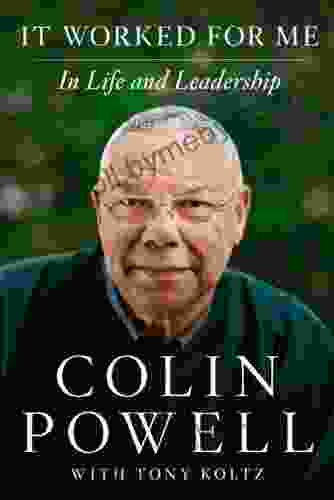The African American Stock Exchange: A History of Black Wall Street

The African American Stock Exchange (AASE) was a stock exchange founded in Chicago in 1921. It was the first and only stock exchange in the United States owned and operated by African Americans. The AASE was created to provide a platform for black-owned businesses to raise capital and to promote economic development in the black community.
4.7 out of 5
| Language | : | English |
| File size | : | 233 KB |
| Text-to-Speech | : | Enabled |
| Enhanced typesetting | : | Enabled |
| Word Wise | : | Enabled |
| Print length | : | 19 pages |
| Lending | : | Enabled |
| Screen Reader | : | Supported |
The AASE was founded by Jesse Binga, a successful black businessman and stockbroker. Binga believed that black people needed to have their own financial institutions in Free Download to achieve economic independence. He also believed that the AASE could help to create a "Black Wall Street" in Chicago, a thriving business district that would be owned and operated by African Americans.
The AASE was initially successful. In its first year of operation, it traded over $1 million worth of stocks and bonds. However, the AASE struggled during the Great Depression of the 1930s. The stock market crash of 1929 wiped out many of the AASE's investors, and the exchange was forced to close in 1933.
The AASE reopened in 1940, but it never regained its former success. The exchange closed again in 1954, and it was not until 1971 that it was finally revived.
The modern-day AASE is a small, but growing stock exchange. It trades a variety of stocks and bonds, and it provides a platform for black-owned businesses to raise capital. The AASE is also a member of the National Association of Securities Dealers (NASD),which gives it access to the national stock market.
The AASE is a testament to the entrepreneurial spirit of African Americans. It is a symbol of the black community's determination to achieve economic independence.
The Significance of the African American Stock Exchange
The African American Stock Exchange (AASE) was more than just a stock exchange. It was a symbol of black economic empowerment and a catalyst for the development of the black community. The AASE provided black-owned businesses with a platform to raise capital and to grow their businesses. It also helped to create a network of black investors and business leaders.
The AASE was founded at a time when African Americans were facing discrimination and economic inequality. Black-owned businesses had difficulty obtaining loans from white-owned banks, and they were often unable to raise capital on the traditional stock exchanges. The AASE provided a way for black businesses to overcome these barriers and to achieve financial success.
The AASE also played a role in the development of the black community. The exchange helped to create a sense of economic self-reliance and pride among African Americans. It also helped to attract black businesses to Chicago, and it contributed to the development of a thriving black business district in the city.
The AASE is a reminder of the importance of economic empowerment for African Americans. It is a symbol of the black community's ability to overcome adversity and to achieve success.
The Legacy of the African American Stock Exchange
The African American Stock Exchange (AASE) closed in 1954, but its legacy continues to this day. The AASE helped to pave the way for the development of other black-owned financial institutions, such as the National Black MBA Association and the Black Enterprise magazine. It also inspired the creation of other stock exchanges for minority communities, such as the Asian American Stock Exchange and the Hispanic Stock Exchange.
The AASE is a reminder of the importance of economic empowerment for African Americans. It is a symbol of the black community's ability to overcome adversity and to achieve success.
The African American Stock Exchange (AASE) was a pioneering institution that played a vital role in the development of the black community. The AASE provided black-owned businesses with a platform to raise capital and to grow their businesses. It also helped to create a network of black investors and business leaders. The AASE is a reminder of the importance of economic empowerment for African Americans. It is a symbol of the black community's ability to overcome adversity and to achieve success.
4.7 out of 5
| Language | : | English |
| File size | : | 233 KB |
| Text-to-Speech | : | Enabled |
| Enhanced typesetting | : | Enabled |
| Word Wise | : | Enabled |
| Print length | : | 19 pages |
| Lending | : | Enabled |
| Screen Reader | : | Supported |
Do you want to contribute by writing guest posts on this blog?
Please contact us and send us a resume of previous articles that you have written.
 Book
Book Novel
Novel Page
Page Chapter
Chapter Text
Text Story
Story Genre
Genre Reader
Reader Library
Library Paperback
Paperback E-book
E-book Magazine
Magazine Newspaper
Newspaper Paragraph
Paragraph Sentence
Sentence Bookmark
Bookmark Shelf
Shelf Glossary
Glossary Bibliography
Bibliography Foreword
Foreword Preface
Preface Synopsis
Synopsis Annotation
Annotation Footnote
Footnote Manuscript
Manuscript Scroll
Scroll Codex
Codex Tome
Tome Bestseller
Bestseller Classics
Classics Library card
Library card Narrative
Narrative Biography
Biography Autobiography
Autobiography Memoir
Memoir Reference
Reference Encyclopedia
Encyclopedia Adolf Hitler
Adolf Hitler Indi Young
Indi Young Richard Kadrey
Richard Kadrey Cyrus C M Mody
Cyrus C M Mody Peter Sanczel
Peter Sanczel Ta Nehisi Coates
Ta Nehisi Coates Claudio E Benzecry
Claudio E Benzecry Craig Johnson
Craig Johnson Heather Lynn
Heather Lynn Stephanie Vandrick
Stephanie Vandrick Courtney Maum
Courtney Maum Leon Leyson
Leon Leyson Craig A Falconer
Craig A Falconer Peter K Tyson
Peter K Tyson Deana Charcalla
Deana Charcalla Craig Murray
Craig Murray Karen Palacios Jansen
Karen Palacios Jansen D Celestino
D Celestino D E Moreau
D E Moreau Culin Tate
Culin Tate
Light bulbAdvertise smarter! Our strategic ad space ensures maximum exposure. Reserve your spot today!
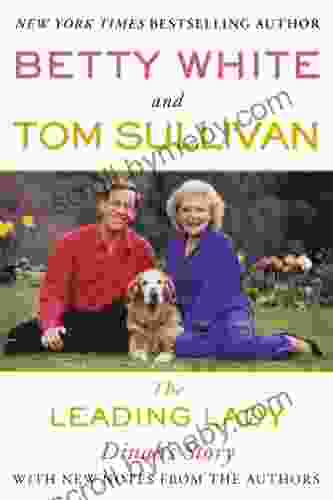
 Yasunari KawabataUnveiling the Captivating Life of Dinah Washington: The Leading Lady of Jazz
Yasunari KawabataUnveiling the Captivating Life of Dinah Washington: The Leading Lady of Jazz
 Forrest ReedDiscover the Enchanting and Eerie World of "Evil Beings, Mythical Beasts, and...
Forrest ReedDiscover the Enchanting and Eerie World of "Evil Beings, Mythical Beasts, and... Michael SimmonsFollow ·11.1k
Michael SimmonsFollow ·11.1k Lord ByronFollow ·12.6k
Lord ByronFollow ·12.6k Haruki MurakamiFollow ·7.2k
Haruki MurakamiFollow ·7.2k Milan KunderaFollow ·2.9k
Milan KunderaFollow ·2.9k Blake BellFollow ·2.3k
Blake BellFollow ·2.3k Don ColemanFollow ·14.6k
Don ColemanFollow ·14.6k Kazuo IshiguroFollow ·11.7k
Kazuo IshiguroFollow ·11.7k Corbin PowellFollow ·14.6k
Corbin PowellFollow ·14.6k

 Cruz Simmons
Cruz SimmonsUnveiling the Secrets: An Insider Guide to School Bonds...
Unlock the Power of School...
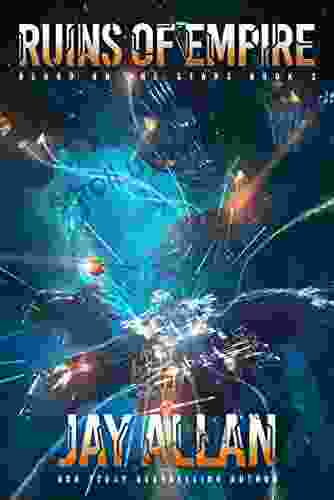
 Gil Turner
Gil TurnerRuins of Empire: Blood on the Stars - The Epic Space...
Ruins of Empire: Blood on the Stars is the...

 Allen Ginsberg
Allen GinsbergPrepare for the Ultimate Space Opera: Delve into The Last...
Embark on an...

 Anton Foster
Anton FosterUnleash Your Inner Artist: The Ultimate Guide to Oil...
Chapter 1: The...
4.7 out of 5
| Language | : | English |
| File size | : | 233 KB |
| Text-to-Speech | : | Enabled |
| Enhanced typesetting | : | Enabled |
| Word Wise | : | Enabled |
| Print length | : | 19 pages |
| Lending | : | Enabled |
| Screen Reader | : | Supported |



